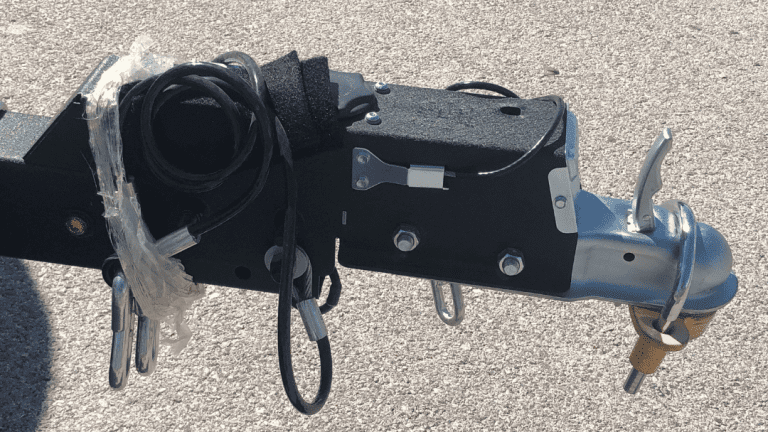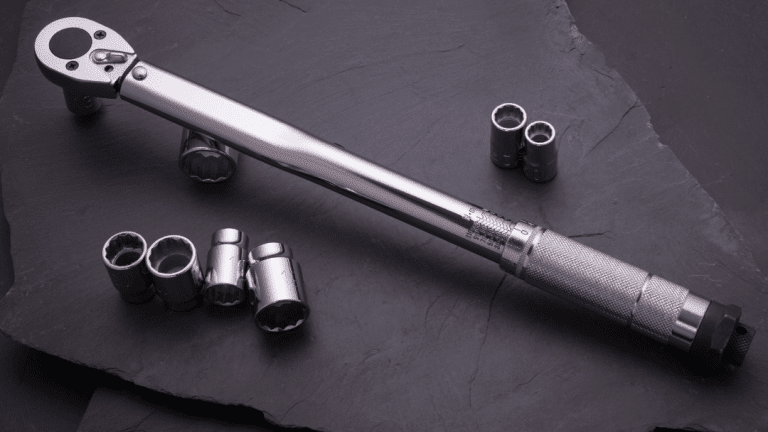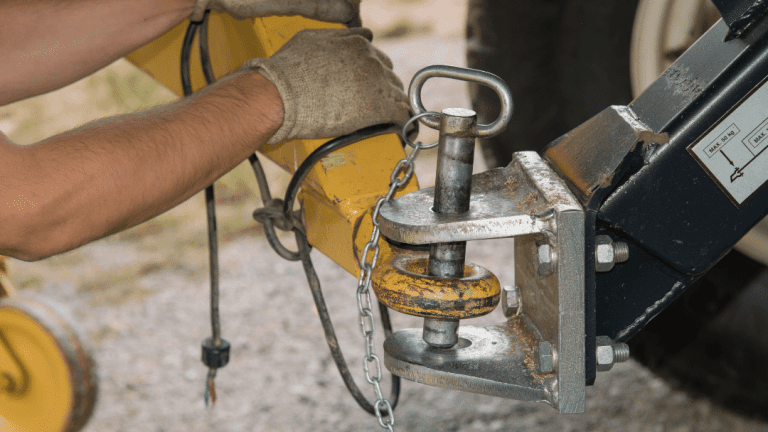When it comes to towing, a stabilizer is an important piece of equipment. It helps keep the tow vehicle and trailer in line while you’re driving, which can make for a much smoother experience. In this article, we’ll take a look at what a towing stabilizer is, what its benefits are, and how to choose the right one for your needs.
What is a towing stabilizer and what are its benefits
A towing stabilizer is a device that helps keep the tow vehicle and trailer in line while you’re driving. This can be extremely beneficial, as it can make for a much smoother experience overall. There are a few different types of towing stabilizers on the market, but they all serve the same purpose.
One of the main benefits of using a towing stabilizer is that it can help to prevent jackknifing. Jackknifing occurs when the trailer and tow vehicle are not in line with each other, which can cause the trailer to swing out and potentially hit another vehicle. This can be a serious safety hazard, so it’s important to avoid it if at all possible.
Another benefit of using a towing stabilizer is that it can help to keep the trailer from fishtailing. Fishtailing occurs when the trailer starts to swing back and forth, which can be dangerous and cause the vehicle to lose control. Again, this is something that you’ll want to avoid if at all possible.

How do you choose the right towing stabilizer for your needs
So, how do you choose the right towing stabilizer for your needs? There are a few things to keep in mind. First, you’ll need to decide what type of stabilizer you need. There are two main types: weight distribution hitches and sway control hitches.
Weight distribution hitches are designed to distribute the weight of the trailer evenly across the tow vehicle. This can help to prevent jackknifing and fishtailing, as well as help to keep the trailer more stable overall.
Sway control hitches, on the other hand, are designed to keep the trailer from swaying back and forth. This can be extremely beneficial if you’re going to be towed in windy conditions, as it can help to keep the trailer more stable.
In most cases, you’ll want to choose a weight-distribution hitch, as they offer the best overall stability. However, if you’re going to be towed in windy conditions, a sway control hitch may be a better option.
Once you’ve decided on the type of hitch you need, you’ll need to choose the right size. This will depend on the weight of your trailer and the tow vehicle. You’ll also need to take into account the length of your trailer, as this will affect how much weight is distributed evenly.
If you’re not sure what size you need, it’s always best to err on the side of caution and choose a hitch that’s rated for more weight than you think you’ll need. This will ensure that you have the stability you need, without putting too much strain on your vehicle.
When it comes to towing stabilizers, there are a few things to keep in mind. But, if you choose the right one, it can make for a much smoother and safer experience. So, be sure to keep these things in mind when making your decision.
Installation and use of a towing stabilizer
Installing a towing stabilizer is relatively simple and can be done by most people in just a few minutes. However, it’s always best to consult with the manufacturer’s instructions to ensure that you’re doing it correctly.
Once your hitch is installed, you’ll need to connect it to your trailer. This will usually involve attaching it to the frame of the trailer. Again, consult the manufacturer’s instructions for specific details.
Once your hitch is connected, you’ll need to adjust it to the proper position. This will ensure that your trailer is properly aligned and that the weight is distributed evenly. Once you have it in the proper position, you can tighten down the bolts to secure it in place.
Now, you’re ready to hit the road! Just remember to take things slowly at first, as you get used to towing with a stabilizer. And, be sure to check the hitch regularly to make sure that it’s still in the proper position and that all the bolts are tight.
Tips for using a towing stabilizer safely and effectively
There are a few things to keep in mind when using a towing stabilizer. First, always make sure that the hitch is properly installed and secured before hitting the road. This will ensure that it’s in the proper position and that all the bolts are tight.
Next, take things slowly at first. Get used to the feel of towing with a stabilizer before increasing your speed. And, be sure to check the hitch regularly to make sure that it’s still in the proper position.
Finally, always use caution when towing. Remember, you’re responsible for the safety of your trailer and its contents. So, be sure to take things slowly and be careful.
Following these tips will help you to use your towing stabilizer safely and effectively. And, it will help to ensure that you have a smooth and safe experience when hitched up and hitting the road.
Conclusion
Towing a trailer can be a smooth and easy experience, as long as you have the right equipment. So, be sure to choose the right towing stabilizer for your needs and follow the manufacturer’s instructions for proper installation and use. This will help to ensure that you have a safe and enjoyable experience every time you hit the road.







